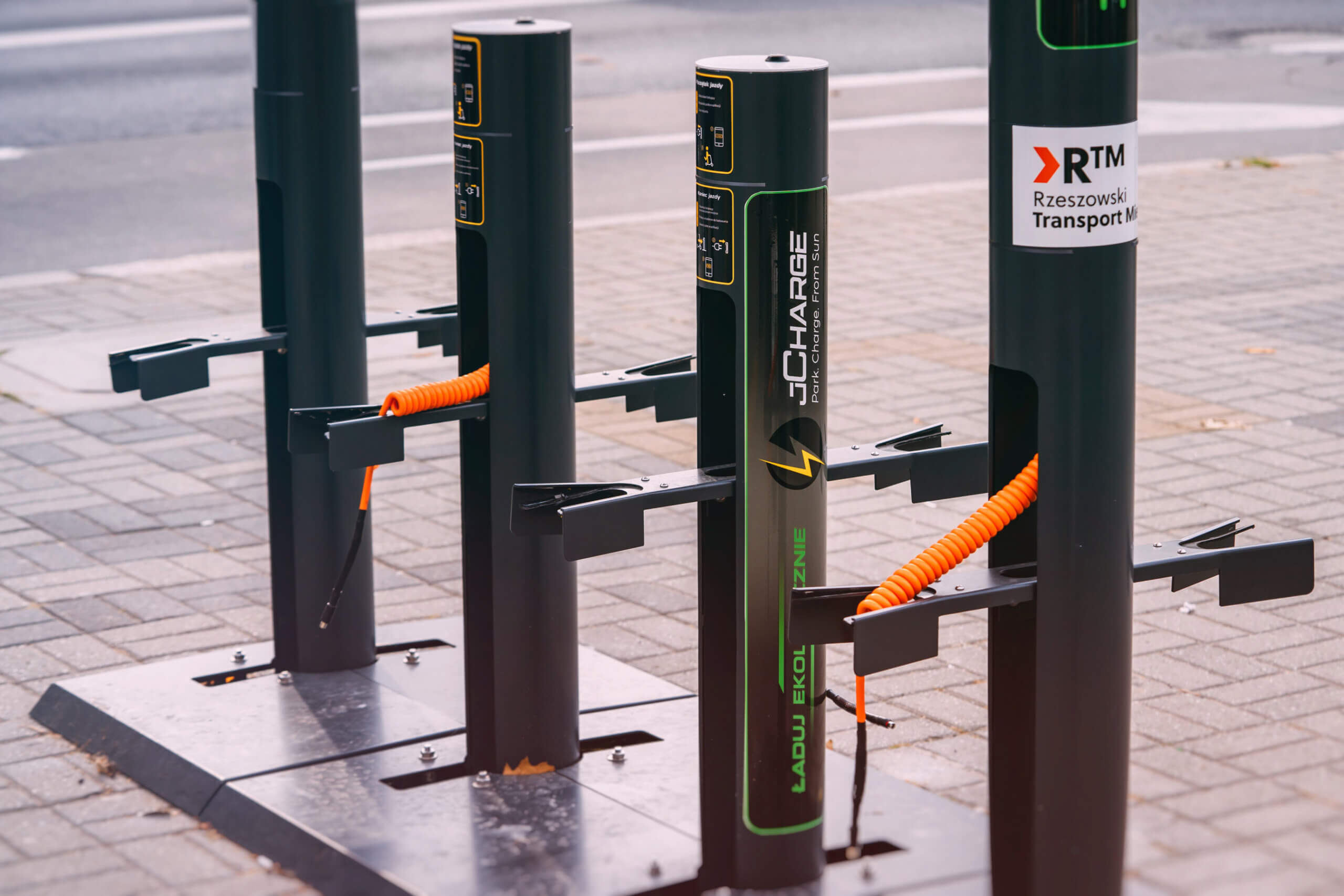In their development, cities are constantly aiming to reduce the number of cars that are in the centers the most. Cars are vehicles that are not moving 90% of the time, while bringing few people and taking up space in the center. Currently, all urban trends are aiming to reduce the number of cars and make eco-friendly alternatives available to residents.
Starting with car parks, which are increasingly being paid for so that there are fewer cars in city centres, more expensive paid parking zones or Park&ride parks located on the outskirts of cities and at transport hubs.
Going further, by increasing trends of electromobility, emerging scooters or electric bicycles, but also classic bicycles and sharing services. Electromobility and the sharing economy are becoming increasingly popular methods of getting around in congested cities. These include scooters, minute cars and electric bicycles, which are increasingly visible in our surroundings.
City leaders are also working more and more on building the trend of 15 Minutes Cities – cities that are accessible and where one can handle and find all the services needed within a 15-minute walk or journey. This also encourages the development of classic mass transit as the primary transport of residents in a city.
What are the Mobility Hubs?
A very important part of these trends is the construction of additional infrastructure to support micro-mobility. We often talk about creating so-called Mobility Hubs.
Mobility Hubs are places where small electromobility, sharing economy vehicles are located, combined with charging infrastructure for these vehicles. This is a trend that is having a significant impact on building better awareness of electromobility and vehicle accessibility, as well as building good habits related to driving green vehicles.
The key in building Mobility Hubs is to make them accessible to the general public, while ensuring that they are optimised in number. In addition, they are intended to serve as parking, charging or safe storage areas for a private scooter or electric bike. Both for short periods of time – for example, while shopping or doing paperwork at the office – as well as for eight hours of work.
The large availability of such stations will increase the adoption and friendliness of micromobility and the sharing economy for urban citizens. It will significantly intensify the trend away from cars with combustion engines. This will enable cities to undergo a real ecological transformation, becoming mobile and accessible cities.
The jCharge station concept
For Mobility Hubs to become widespread and widely available in cities, it is required that the infrastructure installed there is as independent as possible, both from energy and additional connections. For this reason, jCharge charging stations are devices that can charge without additional mains power and connection. What’s more, they can stand in literally any location to power and park electric scooters or city bikes.
The jCharge stations are an infrastructure that significantly supports the development of electromobility. Presenting information on availability and charge levels will help users find places to put their devices down.
Such hubs, equipped with ancillary infrastructure such as specialised hybrid chargers for scooters and e-bikes, are an excellent tool for office buildings or shopping malls to improve the habits of their employees and provide ancillary infrastructure for employees or tenants, but also for visitors to retail outlets, in order to promote micromobility and green solutions.
At the same time, each user and owner of a jCharge station receives a report on the reduction of carbon dioxide emissions into the atmosphere. Thanks to this charging station, every user who has driven at least one kilometre or charged at least 1 kWh will receive information in the mobile app on how they have contributed to environmental protection.
Transport 4.0
In order for Mobility Hubs to function in the best possible way for the city, they should not only be installed within office buildings or galleries, but also conceptually linked to mass transport. This will ensure that the user who wants to travel by public transport will also have the opportunity to use the last mile, i.e. during the micromobility vehicles.
We have therefore developed the concept of Transport 4.0, an extended Mobility Hub. It envisages the installation of charging facilities for small mobility charging infrastructure linked to urban transport. The solution will enable users to significantly reduce the need to travel by classic car, as they will be able to reach public transport by scooter or bicycle. They will then continue their journey using public transport such as electric buses, trams or agglomeration trains, and again using micromobility devices.
This solution makes it possible to encapsulate the topic of urban transport within a complete system, at the heart of which are the charging and parking stations for micro-mobility vehicles.
Summary
The future of cities lies in transport solutions that are widely available and promote environmentally friendly transport, micromobility. At the same time, it is important that the infrastructure is available to safely store the devices in the urban grid.





